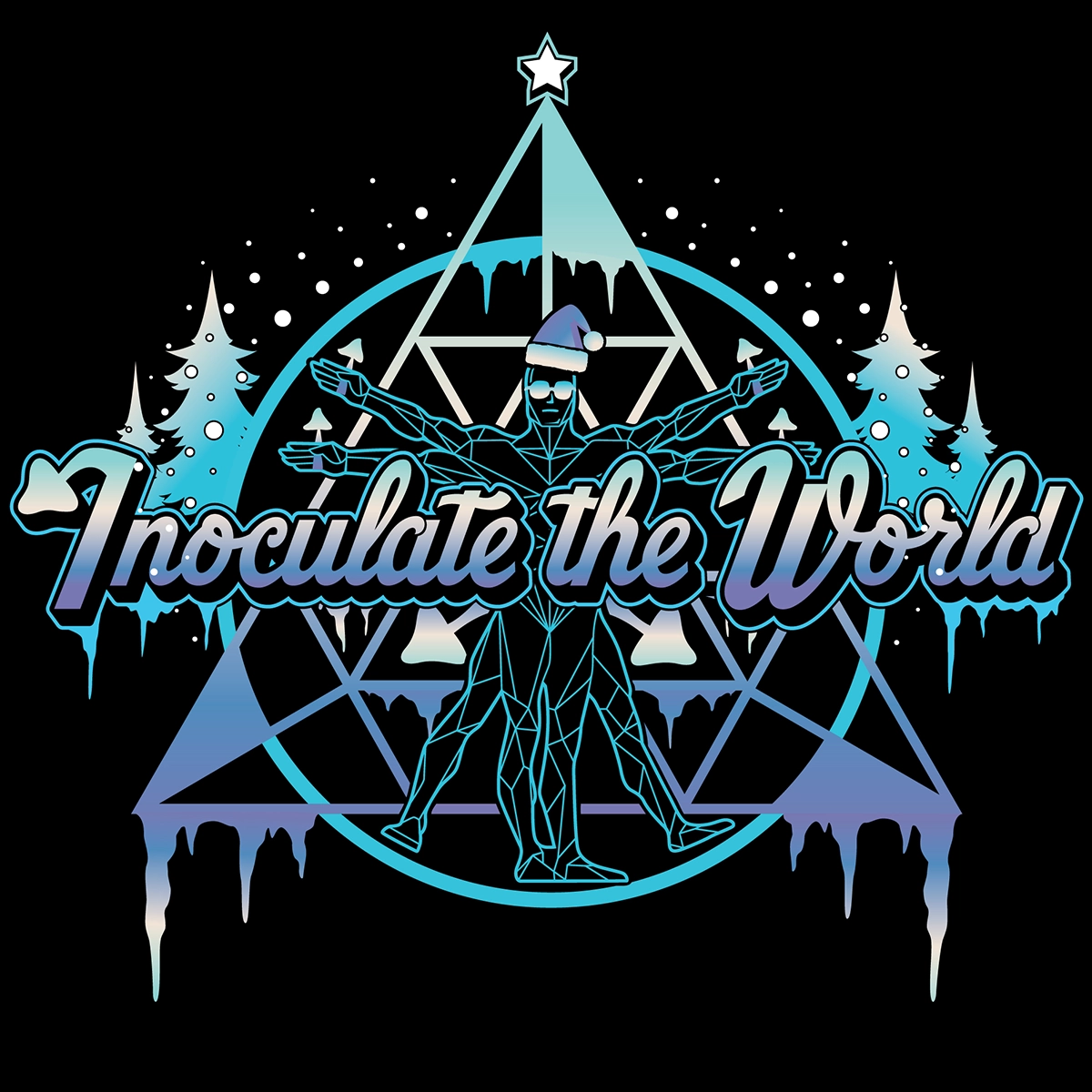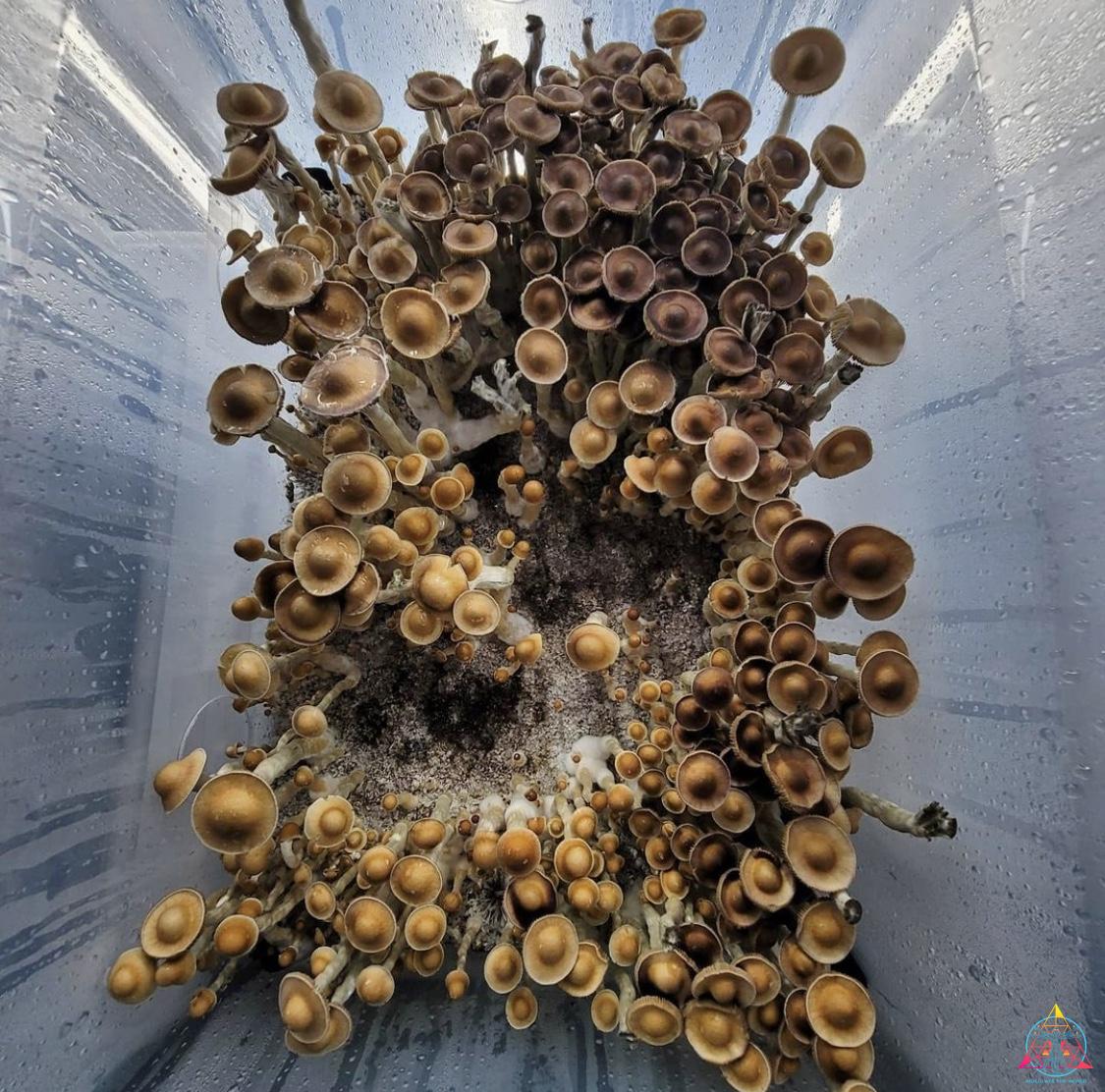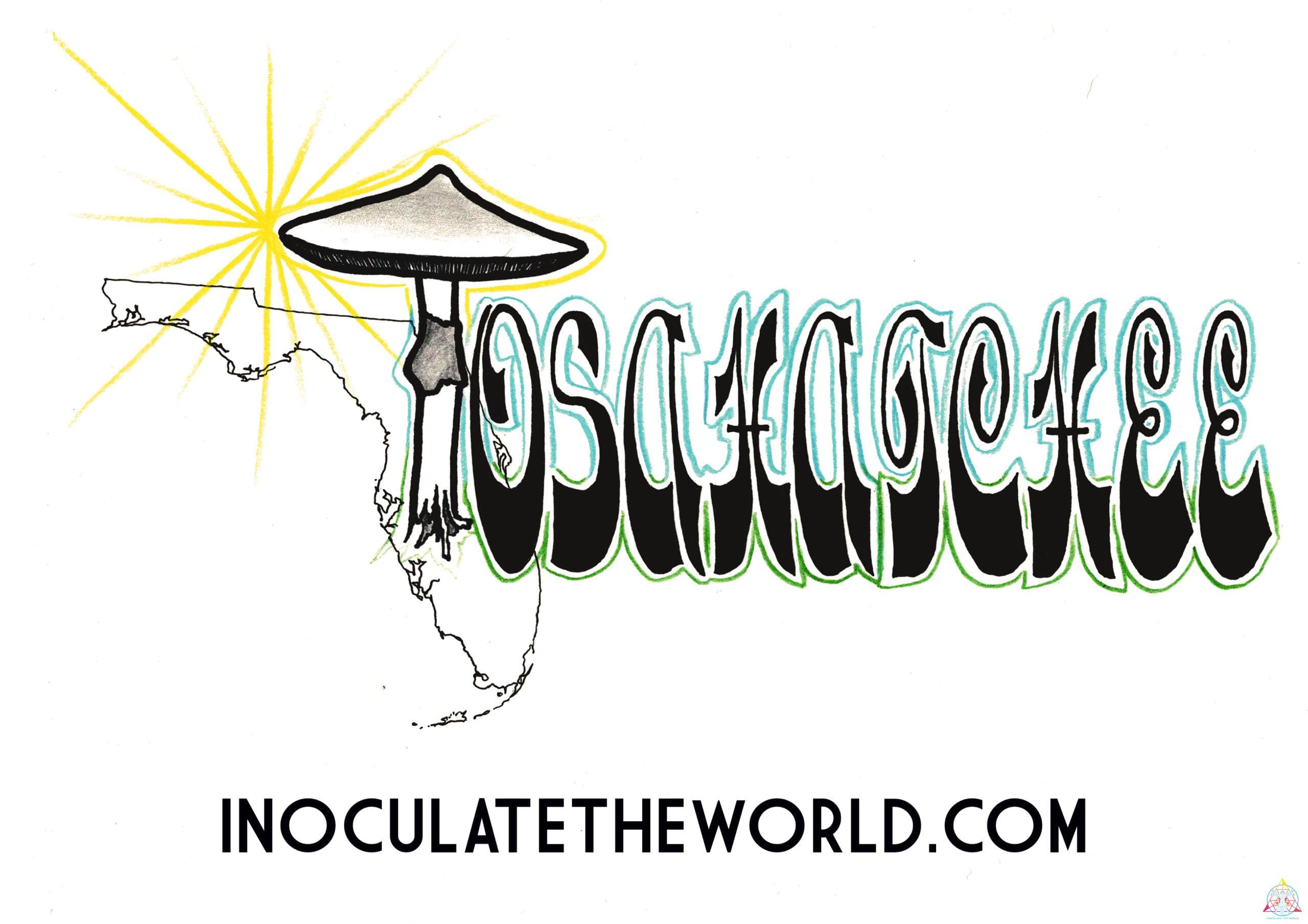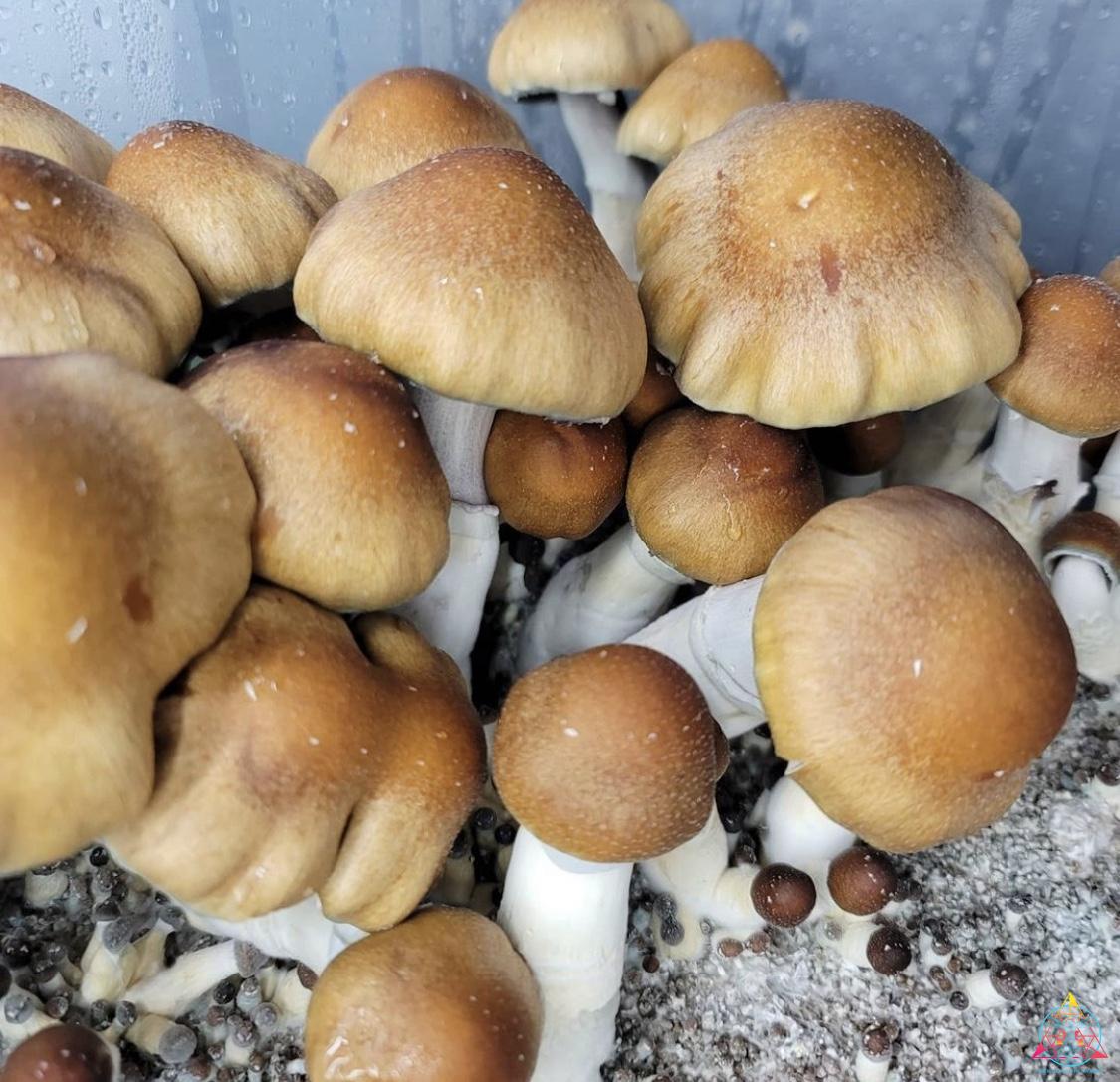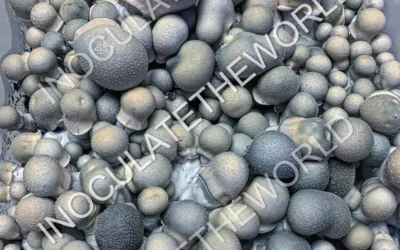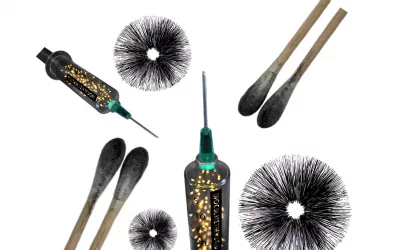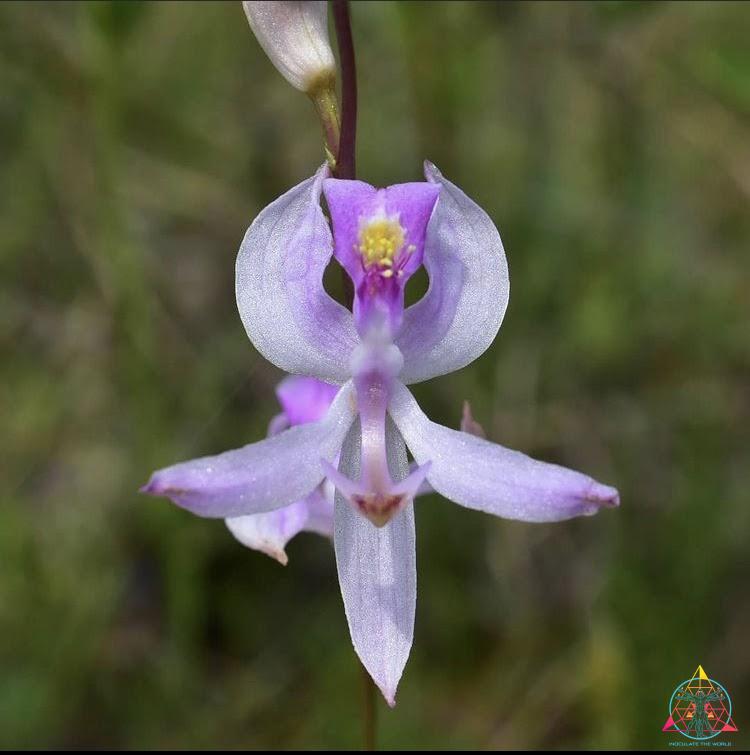
Orchids + Funguses
By: C_Y_Spam
If you can believe it, until about the 60’s, the scientific community considered the immense world of fungi to be a mere offshoot of the plant kingdom. Though we now know much more about the unique branch they hold on the tree of life, these first guesses weren’t entirely wrong. In fact, an estimated 90% of plants associate with fungi in the soil, and a majority of those plants would die without their mycological partners-in-crime. Orchid seeds, for example, will fail to grow beyond germination if they aren’t in contact with a fungus in the soil. Unlike most other plants, orchids don’t pack food into their seeds to kickstart growth, so it’s up to each seed to meet a fungal associate, and begin siphoning energy away from the fungi, which is hard at work digesting dead biomass or connecting trees via mycelial networks. It’s not all one-sided, though. Most orchids, being the considerate creatures they are, will send back a portion of the energy they create once they’re aboveground and photosynthesizing. In return, they receive a supply of essential nutrients, like nitrogen, phosphorus, and zinc, and so both parties benefit. These instances of mutualism happening right under our feet offer a fascinating look into the relationships of the other-than-human world, and serve to remind us that oftentimes, kindness and generosity are the best assets to have.
Sources:
Cameron, Duncan D., et al. “Mutualistic Mycorrhiza in Orchids: Evidence from Plant-Fungus Carbon and Nitrogen Transfers in the Green-Leaved Terrestrial Orchid Goodyera Repens.” New Phytologist, vol. 171, no. 2, 2006, pp. 405–16. Crossref, doi:10.1111/j.1469-8137.2006.01767.x.
Libretexts. “24.2B: Mutualistic Relationships with Fungi and Fungivores.” Biology LibreTexts, 15 Aug. 2020, bio.libretexts.org/Bookshelves/Introductory_and_General_Biology/Book%3A_General_Biology_(Boundless)/24%3A_Fungi/24.2%3A_Ecology_of_Fungi/24.2B%3A_Mutualistic_Relationships_with_Fungi_and_Fungivores.
Lowman, Margaret, and Bruce Rinker. “Orchid Adaptations to an Epiphytic Lifestyle.” Forest Canopies (Physiological Ecology), 2nd ed., Academic Press, 2004, pp. 187–88.
Related Articles
What are Albino Penis Envy “APE” mushrooms?
Albino Penis Envy, also commonly referred to as APE for short, is one of the most elusive and sought after magic mushroom strains of the decade.
How to Store Spores And Liquid Cultures
So you just got your mushroom spores or liquid culture from Inoculate The World but now you’re probably wondering on how to store them to ensure their longevity. Here is everything you need to know about storing spores and liquid cultures!How Long Can Spores Last In...
The Benefits of Buying Spores from InoculateTheWorld
Come learn about why more and more people continue to buy spores from InoculateTheWorld.

